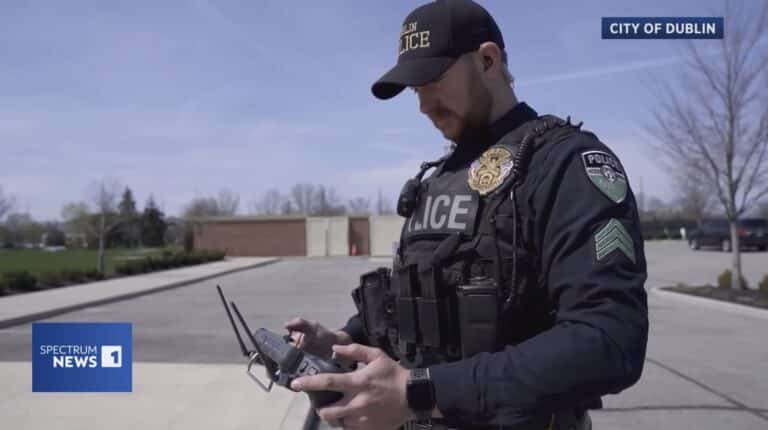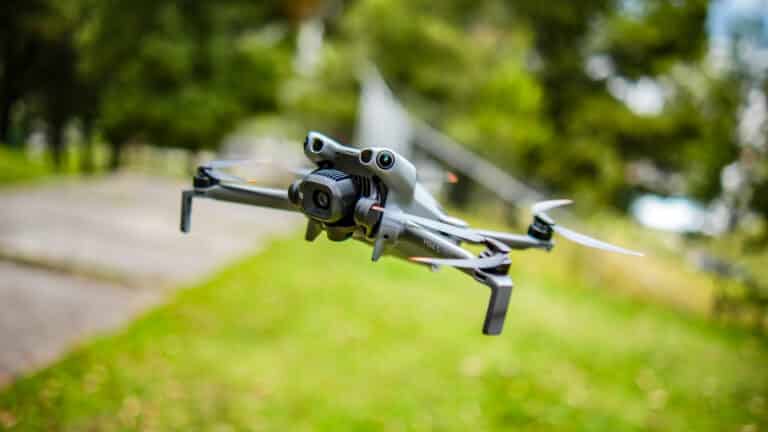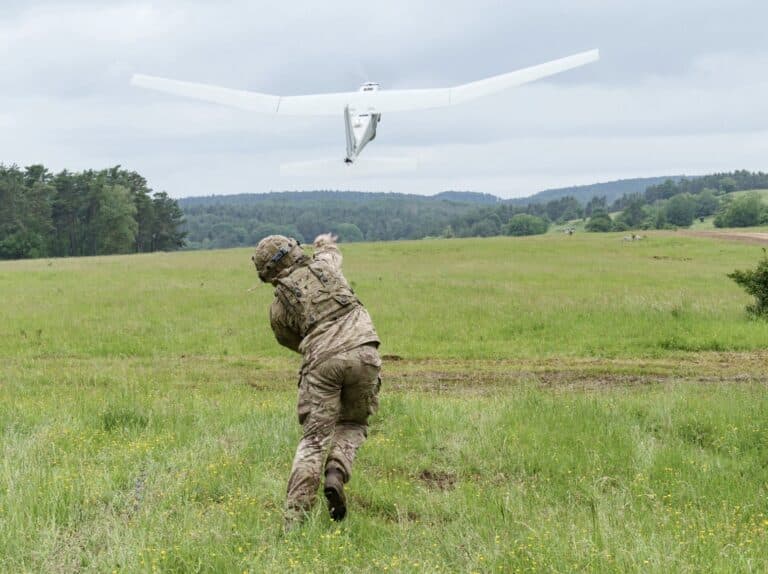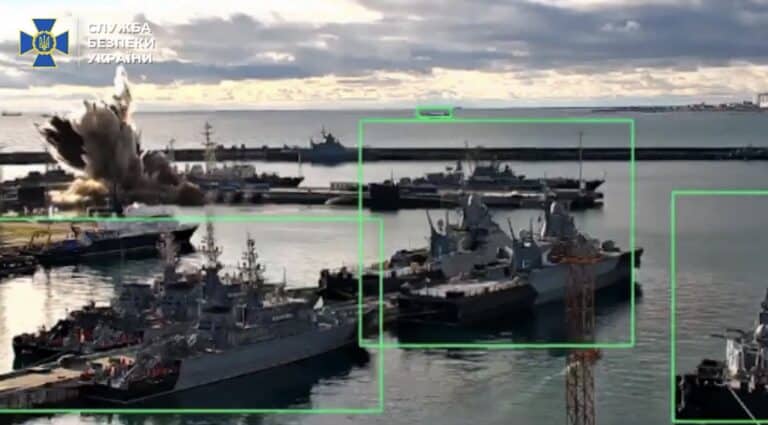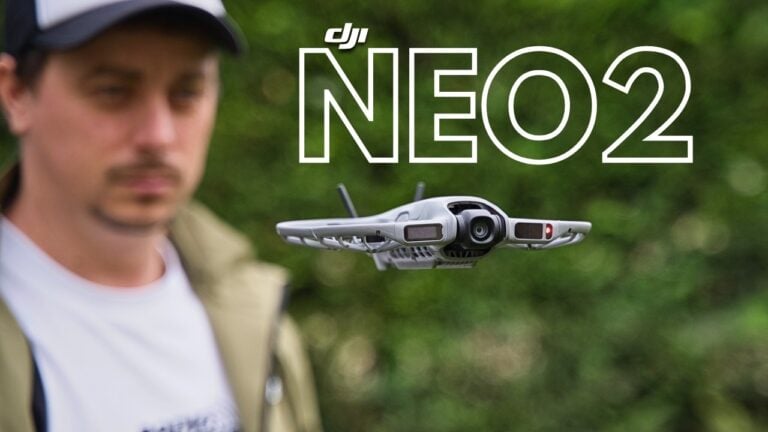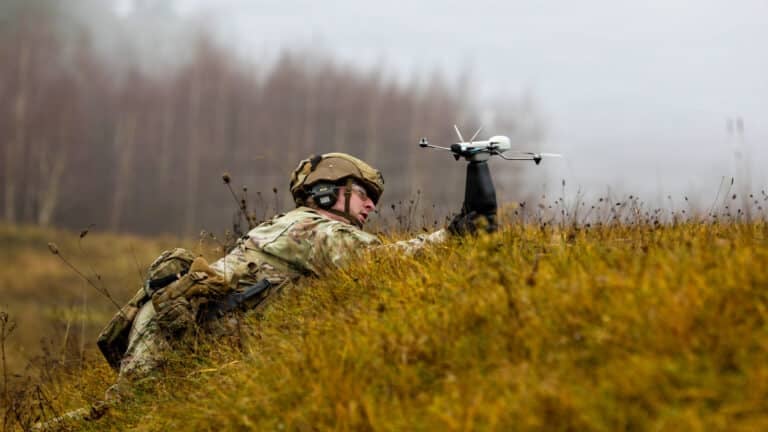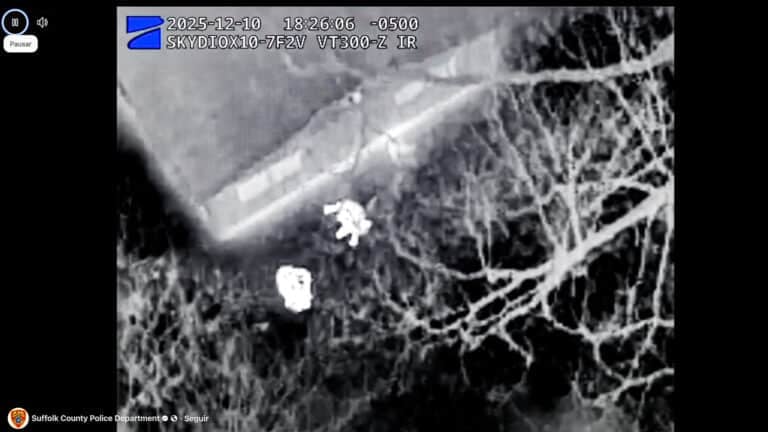Russian Drone Penetrates 62 Miles Into NATO Territory, Deepest Breach Yet
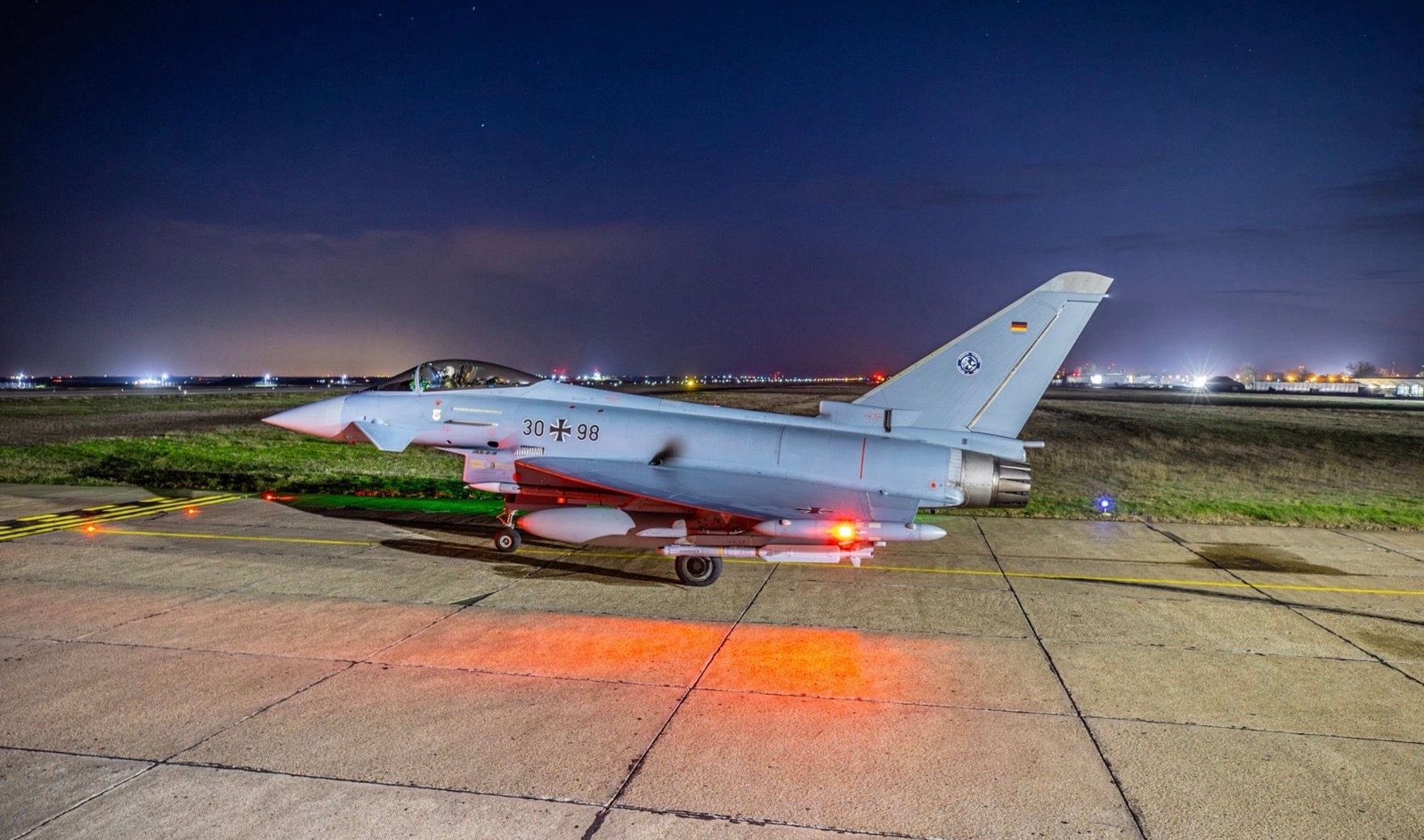
Amazon Drone Deals: DJI Mini 5 Pro Fly More Combo with DJI RC2 now for $1,099!
A Russian drone flew deeper into NATO airspace than ever before on Tuesday, traveling more than 100 km (62 miles) into Romania before crashing without being shot down.
Romanian and German fighter jets scrambled to intercept, but pilots held fire over fears of collateral damage on the ground. Now, a top U.S. general says new counter-drone capabilities will deploy to the region “very soon.”
NATO’s 13th Romanian Airspace Violation
The incursion marks the 13th breach of Romanian airspace since Russia’s full-scale invasion of Ukraine in 2022. But this one set two dangerous precedents.
It was the deepest penetration yet. And it was the first to occur during daylight hours.
Romanian Defence Minister Ionut Mosteanu did not mince words. “We are dealing with a new Russian provocation against Romania, a drone which the Romanian army and German Eurofighters have tried to shoot down,” he said.
The drone entered near the southeastern county of Tulcea, crossed into Galati, and was tracked moving toward Vrancea County. Vrancea does not share a border with Ukraine.
Residents in all three counties received warnings to take cover.
Fighter Jets Scrambled But Held Fire
The Romanian defence ministry initially scrambled two German Eurofighters from an air-policing mission already operating in the country. Those jets tracked the drone in Tulcea before it briefly re-entered Ukraine.
Then radar detected a second airspace breach in neighboring Galati County.
Two Romanian F-16 fighter jets launched in response. Two additional Eurofighters followed shortly after.
Despite tracking the drone for an extended period, NATO pilots made a calculated decision not to engage. Mosteanu explained the reasoning.
“My assumption is that (the pilots) analysed the potential collateral damage and … chose not to engage,” he said.
Drone fragments without an explosive charge were later recovered on Romanian territory.
U.S. Announces Counter-Drone Deployment
The timing of the incursion coincided with a visit by General Christopher Donahue, commander of U.S. Army Europe and Africa, to American troops stationed at Romania’s Mihail Kogalniceanu air base.
Donahue announced that new counter-drone technology is headed to Romania’s vulnerable Danube Delta region.
“We have tested and it is in the final stages of being employed. Romanian soldiers and other alliance soldiers have been trained on this capability and I know you’re going to see this capability in the (Danube) Delta very soon,” Donahue said.
Romania shares a 650 km (400 mile) border with Ukraine. The country already has legislation permitting it to shoot down drones during peacetime if lives or property are at risk.
It has not yet made full use of that authority.
Russian Strikes Preceded the Breach
Russian drones struck Ukrainian ports overnight near the border with Romania. The Danube River separates the two countries, and Ukraine’s port city of Izmail sits directly across from Romania’s Tulcea region.
Moscow has repeatedly targeted Ukrainian port infrastructure in this area throughout the war.
The latest breach comes as U.S. and Ukrainian officials hold critical talks to narrow gaps over a plan to end the war. The discussions follow modifications to a U.S. proposal that Kyiv and its European allies initially rejected as favoring Russian interests.
DroneXL’s Take
Tuesday’s incursion represents a significant escalation in Russia’s pattern of testing NATO’s eastern flank defenses. This was not a wayward drone that accidentally strayed across a border at night. This was a deliberate daylight penetration that traveled 62 miles into alliance territory while fighter jets watched.
The uncomfortable truth is that NATO still struggles to answer a fundamental question: How do you justify firing a missile worth hundreds of thousands of dollars at a drone that costs a few thousand?
We documented this exact problem back in September when a Russian drone loitered in Romanian airspace for nearly 50 minutes before returning to Ukraine on its own. At the time, we noted the image of a state-of-the-art Eurofighter Typhoon hunting a slow, buzzing drone was a perfect metaphor for modern air warfare’s asymmetric challenges.
NATO’s response has been building since then. The alliance launched Operation Eastern Sentry in mid-September after Poland shot down Russian drones for the first time since the 2022 invasion. Denmark, France, Germany, and Italy contributed fighter jets to bolster air policing rotations.
But fighter jets alone are not the answer. As we reported in October, the EU is fast-tracking a “drone wall” defense system along its eastern border. The initiative taps into battle-tested counter-drone technology from Estonia and Latvia, systems that cost tens of thousands of euros per engagement compared to millions for conventional air defense missiles.
The irony is striking. Ukraine has become NATO’s drone warfare teacher, with European allies literally going to school on tactics developed during three years of brutal combat against Russian drone swarms. NATO spent decades trying to bring Ukraine up to alliance standards. The war flipped that script entirely.
Meanwhile, as we documented just weeks ago, Germany had to rush anti-drone strike teams to Belgium after drone sightings shut down multiple airports. Belgian officials admitted they are “four years behind” on counter-drone systems they should have purchased a decade ago.
General Donahue’s announcement of imminent counter-drone deployment to Romania’s Danube Delta is a welcome development. But it has taken 13 airspace breaches, countless airport closures, and systematic Russian reconnaissance of NATO critical infrastructure to reach this point.
Russia is clearly testing how far it can push before NATO pushes back. Each unanswered incursion provides valuable intelligence about alliance response times, rules of engagement, and defensive gaps. The daylight timing of this breach suggests Moscow is growing bolder.
The question now is whether NATO’s counter-drone investments will mature fast enough to close these gaps before Russia’s hybrid warfare tactics escalate further. Because the next drone that penetrates 62 miles into NATO territory might carry more than reconnaissance equipment.
What do you think? Share your thoughts in the comments below.
Discover more from DroneXL.co
Subscribe to get the latest posts sent to your email.
Check out our Classic Line of T-Shirts, Polos, Hoodies and more in our new store today!

MAKE YOUR VOICE HEARD
Proposed legislation threatens your ability to use drones for fun, work, and safety. The Drone Advocacy Alliance is fighting to ensure your voice is heard in these critical policy discussions.Join us and tell your elected officials to protect your right to fly.
Get your Part 107 Certificate
Pass the Part 107 test and take to the skies with the Pilot Institute. We have helped thousands of people become airplane and commercial drone pilots. Our courses are designed by industry experts to help you pass FAA tests and achieve your dreams.

Copyright © DroneXL.co 2025. All rights reserved. The content, images, and intellectual property on this website are protected by copyright law. Reproduction or distribution of any material without prior written permission from DroneXL.co is strictly prohibited. For permissions and inquiries, please contact us first. DroneXL.co is a proud partner of the Drone Advocacy Alliance. Be sure to check out DroneXL's sister site, EVXL.co, for all the latest news on electric vehicles.
FTC: DroneXL.co is an Amazon Associate and uses affiliate links that can generate income from qualifying purchases. We do not sell, share, rent out, or spam your email.




